For 15 years STREET RODDER has proven you can take any street rod and apply manufactured products from within our industry and build a viable hot rod. Looks, performance, and reliability are all well within the grasp of a modern-day street rod. This year is no different.
The 2011 AMSOIL/STREET RODDER Road Tour ’55 Chevy 210 "post" sedan is based on original sheetmetal repositioned onto an aftermarket chassis, which took a good selection of stainless steel fasteners and accompanying hardware from Totally STainless as well as countless miscellaneous pieces we rounded up from Yogi’s mail-order department. The goal was the arrive at a ’55 Chevy with traditional looks coupled with a modern-day characteristics which includes acceleration, cornering, braking, as well as a comfortable ride. The end game was achieved, but more on the performance stats later.
We shipped our ’55 Chevy 210 via Intercity Lines to Chris Sondels and his crew (General Manager Joe Shinliver, Matt Baldwin, Dane Heninger, Woody Carrell, and Chris’ dad, Fred), as they are the backbone, the men behind the Miller Electric Welders, many wrenches, sanding blocks, and paint guns at Woody’s Hot Rodz in Bright, Indiana.
While they were performing their magic, Art Morrison Enterprises (AME) was prepping one of their decked-out Tri-Five chassis. The AME Tri-Five chassis is equipped with its own brand of IFS, an optional Flaming River power rack-and-pinion steering, and U-joints, along with a STrange Engineering 9-inch centersection nestled within an AME 52-inch-wide housing, while at the corners STrange adjustable coilover shocks handle the bumps.
Added corner appeal comes via the wheel and tire combo. The slight rubber rake arrives with BFGoodrich 245/ZR17s in front and 275/40ZR18s in back, wrapped around Wheel Vintiques billet Cruisers with the "as-cast" powdercoated finish. The wheels most definitely give our ride a low, wide, and aggressive attitude. The front brake kit is a 13-inch, six-piston Superlite radial mount caliper in red powdercoat. The rotor has a black E-coated, SRP drilled and slotted version. The brake kit is fitted to a Wilwood ProSpindle. The rear brake kit is a 13-inch, four-piston. Pressing the brakes into service is the Wilwood aluminum tandem master cylinder with black E-coat finish while other brake appointments include stock pedal assembly fitted with Lokar Performance Products pedals and e-brake cable. It should be noted that the Wilwood SL6 kit is intended for 17-inch or larger wheels.
According to AME, "The chassis roll center is maintained almost perfectly through the first 3 degrees of body roll and beyond 3 degrees the roll center movement is minimized, resulting in a suspension that is vastly improved over a Mustang II. Caster is increased to +5 degrees (from normal +2 degrees) to provide improved stability at speed. This also improves the tired contact patch and weight distribution under cornering. Due to the design of the control arm angles, camber control is enhanced throughout the 4 inches of suspension travel, while minimizing side movement of tire contact patch (side scrub). The side angle of the control arm contributes to increased antidive for better stability under hard braking, while serving to provide a smooth and supple ride."
And that’s why we opted for a modern, state-of-the-art chassis, recognizing it is better than one built 55 years ago. To complete the performance aspect of our Tri-Five we have to take a look at the engine, transmission, and rearend. The 348/409 engine began life as a truck motor that turned into a Super Stock legend, eventually becoming one of today’s highly sought-after vintage motors. The 348 came onto the scene in 1958 but it wasn’t until the mid-’61 model year that the 409 surfaced. It lasted but a few years before the more potent 396 came into play during the mideyear ’65 Corvettes.
But that’s OK, for our 409 was massaged at Shaver Specialties Racing Engines, eventually sporting 474 ci yielding 551 hp at 6,000 rpm, and 575 lb-ft at 4,600 rpm. Now that’s a truck motor! Other goodies include a COMP Cams valvetrain and camshaft; and aluminum heads, PerTronix ignition, Doug’s long-tube headers, and a V-belt configuration from Vintage Air with A/C compressor and alternator. The FAST EZ EFI throttle body receives its fuel through an Aeromotive fuel delivery system while sitting on top of an Edelbrock intake. The gas requirements for this 474-inch W-motor is extensive and the holding area is the Tanks replacement 15-gallon tank that will work with a stock or aftermarket case it’s an internal Aeromotive model. On the subject of fluids, we opted for AMSOIL Inc. fluids throughout the engine, trans, and rearend. We selected AMSOIL Inc.’s Z-ROD motor oil as it addresses the need for a high-zinc formula to prevent flat-tappet, camshaft, and other critical engine component wear. Should you store your hot rod for any length of time, this oil complements your engine.
The Eddie Motorsports’ air cleaner filters the incoming air (also supplied the hood and decklid hinges); speaking of air it takes plenty passing over the Vintage Air condenser and through the U.S. Radiator aluminum cooler to drop temps in this massive-inch V-8. Further engine maintenance is performed by Doug’s long-tube headers. The remainder of the exhaust is comprised of Patriot stainless steel VaraFlow mufflers and Doug’s electronic cutouts. These items are controlled by an electrical switch that allows the driver to tune for both sound and performance from inside the car.
A Gearstar 200-4R trans capable of hadnling 475 lb-ft of torque and 500 hp. The Gearstar 200-4R has a taller (33 percent) overdrive allowing you to pull numerically higher gear ratios or spin shorter profile tires while cruising down the highway at a comfortable rpm versus mph.
A strange 9-inch centersection spins a posi differential with 3.70 gears, 31-spline axles, large wheel bearings, revisted Wilwood SL6 brakes, and Strange adjustable-coilover shocks, all incorporated with an AME 52-inch-wide rearend housing filled with AMSOIL Inc. synthetic gear lube.
We started with stock sheetmetal and incorporated a handful of tasteful modifications that enhanced the look while giving the ’55 its own individuality. Given our hot rod is decades old, we went to Danchuk and fitted our ’55 with new replacement panels, including a complete floor, rear quarter-panel, and front fender patch panels. Sondles, of Woody’s Hot Rodz, explains it like this: "We wanted to take the 210 and tone it down a bit by utilizing a few 150 appointments all the while establishing its own look, making sure there would still be plenty of eye candy."
Sondles is a believer that less is more with our hot rod. The 210 still has its side spear (this time from Danchuk) but the paint divider trim normally associated with the rear quarter-panel was deleted. Another 210 "delete" treatment was the piece of stainless that would run along the base of the windows (where you might rest your arm when seated). The 210 would have a minimal amount of stainless trim around the windshield and rear glass but ours is devoid of any, adding to the basic black hot rod’s sinister appearance. Our 210 is again treated like a 150 with the absence of any big glass trim. Sondles thought of one more glass treatment but this one can only be identified from inside. Again, a 210 would have rear roll-up quarter windows; not so in our 210, it’s treated like a 150 Utility sedan with fixed windows negating any regulators. Speaking of cranking up glass, Specialty Power Windows got the nod for the electric power window regulators and the electric wiper system while Steele Rubber Products supplied the rubber and weatherstrip. Much of the body, headlight and taillight rings, as well as interior trim pieces came from Danchuk while original chrome, such as the bumpers, glovebox door, and other accessories were re-chromed by Sherm’s Custom Plating. The custom-made Alumicraft grille is used to gain clearance for the Moon five-gallon tank. Before getting into the interior (no pun intended, well maybe a little!) let’s finish the exterior.
The ’55 was covered in a basecoat of black (PN PPG DBC-9700) and several coats of clear (PN PPG Vibrance VC-5200). Then it was time for Josh Shaw to begin his efforts by laying out the flames. From here SHinliver, of Woody’s Hot Rodz, used a basecoat of Yella (PN PPG-908413) over the entire flame pattern. The flames begin with Pure Gold (PN PPG-25622) with a bit of silver mixed and fogged into the tips of the flames as an accent and highlight. PPG Vibrance Collection VHW9 Hot Wheeels Blue was fogged into the tips of the flames as well. The candy fades consist of Sunset Red (PPG-72722) and Orange Glow (PPG-60179) faded by working from the front of the flames rearward. One coat of Emberglow, a warm tinted clear was then sprayed over the pattern. Once the flames were finished it was then time for SHaw to revisit the Tri-Five and apply his handiwork in the form of flowing pinstriping. Rememeber there’s a pattern following the likes of STREET RODDER founder Tom McMullen’s ’32 Ford highboy roadster and if there was ever a hot rod with loads of pinstriping it was his Deuce. Keeping the flames looking like they are on fire and the black as deep and ebony as possible, we will turn over the care of the pain tot he Golden Shine line of body care products from California Car Cover. (Of course, that means Road Tour Chauffeur Jerry Dixey will actually have to take the product out of the trunk and use it! Hey, we can dream.)
The all-black interior begins with the stock dash painted satin just below the windshield glass and gloss facing the passengers. THe dash is then accessorized with the latest from Dakota Digital, newly minted control knobs and trim from Danchuk. The analog digital VHX instrument cluster is a direct fit into any ’55 while adding numerous modern-day features. Fully lit needles, backlit faces, and highly visible LCD message centers are some notworthy points. Suffice it to say it can perform some amazing functions. Surrounding the gauge cluster is a Danchuk-supplied Bel Air dash trim (radio delete). Another interior focal point is the Flaming River steering column with a drilled three-spoke wheel that controls the Flaming River power rack-and-pinion steering. Visible are Vintage Air potentiometer-equipped OEM-style controls for the heater and air-coniditioning functions bookended by VA air vents. Other accessories include the Lokar shifter topped with an eight ball knob, throttle, and brake pedals. The stereo system is a Spade Kreations effort with an Alpline CDA-105 in-dash AM/FM/CD/MP3/iPod and iPhone compatible head unit mounte dinside the Danchuk reproduction glovebox with Sherm’s chrome-plated door. WOrking in conjunction with the head unit are a four-channel 500-watt amplifier, a subwoofer amplifier, and a subwoofer speaker. There’s an extensive amount of wiring and this was addressed with a Painless Wiring kit put into play by Shinliver from Woody’s Hot Rodz.
The bare interior was first thoroughly covered with Dynamat to add significant insulation against sound and heat beneath; the two layers of 1/4-inch Dynamat were installed underneath the cut pile carpeting. The front bench is a Wise Guys Seats & Upholstery ’55-57 Chevy replacement upholstered in 2-inch rolled black Luxor-soft pleats. It has four recliner release points, two power ports (cell phone, iPod, chargers, etc.), split back, and is equipped with seatbelts. The stock rear bench was covered in matching black Luxor-soft high-end vinyl simulating leather by Baldwin of Woody’s Custom Upholstery, a division of Woody’s Hot Rodz. They also got the nod to install the Danchuk replacement headliner and fabbed and covered the door and kick panels.
The trunk is covered in similar black-pile carpeting and neatly finished by Woody’s Hot Rodz. The visible Eddie Motorsports battery tray holds the Optima battery; nearby is the Painless Wiring power cutoff switch. Eddie Motorsports also supplied the billet replacement hood and decklid hinges.
Our AMSOIL/STREET RODDER Road Tour ’55 Chevy has the looks nailed, thanks to Woody’s Hot Rodz, but what about the aforementioned performance? It’s needless comparing to a stock ’55, as that would be fruitless but how about we compare it to modern iron?
During skid pad testing the ’55 turned in an 11.65, which translates to a 0.90 g’s, making it comparable to a C5 Corvette. On the slalom course our ’55 turned in a 6.02 seconds, which translates into 47 mph while a ’10 Camaro on the same course turned in a 6.28 seconds. In both cases the same driver drove all three cars (our very own Nick Licata, the editor of Camaro Performers). We also tested an ’11 Mustang and it came in at 6.51. When it came to stopping our 3,633-pound vintage-appearing but modern-handling hot rod we established braking numbers from 60-to-0 in the 130-foot range. Not bad for a big ol’ ’50s car, make that modern-day hot rod. Make sure to see the Road Tour ’55 this summer; it runs as good as it looks.
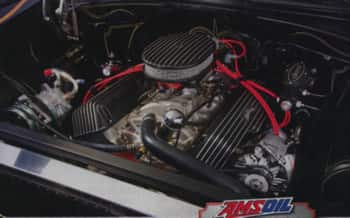 |
|
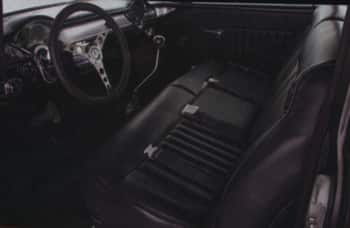 |
|
 |
|
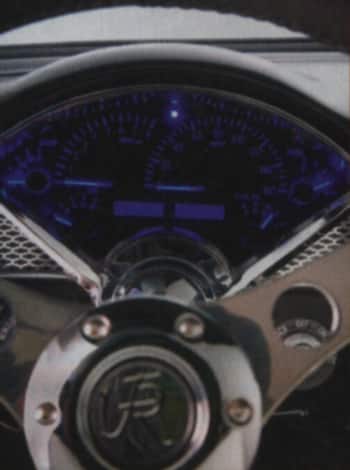 |
|
 |
|
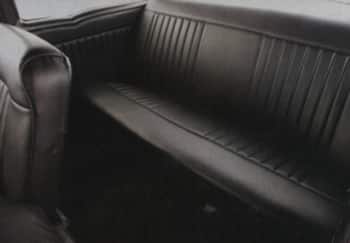 |
|
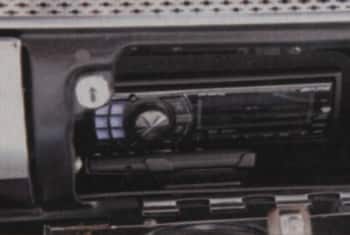 |
|
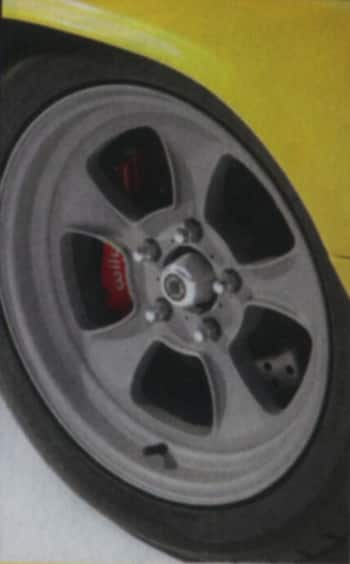 |
|
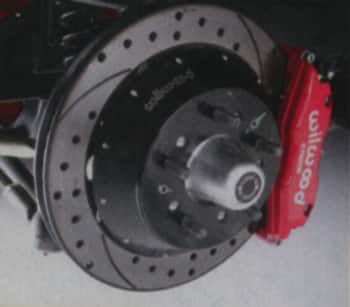 |
|
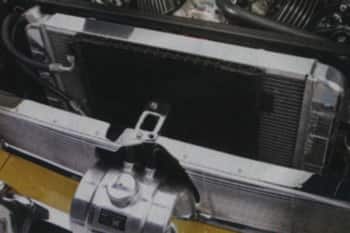 |
|
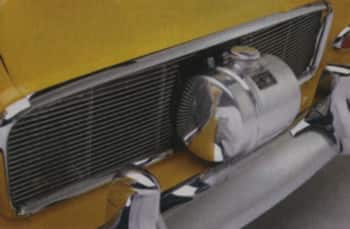 |
|
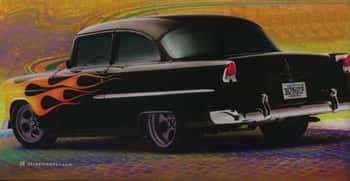 |
|
 |
|
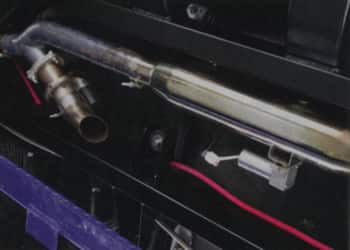 |
|
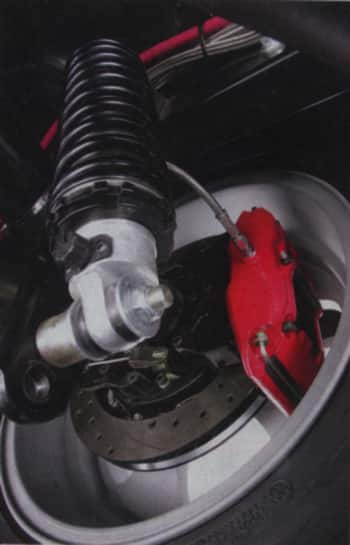 |
|
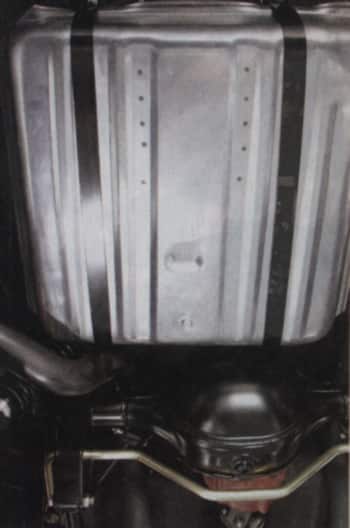 |
|
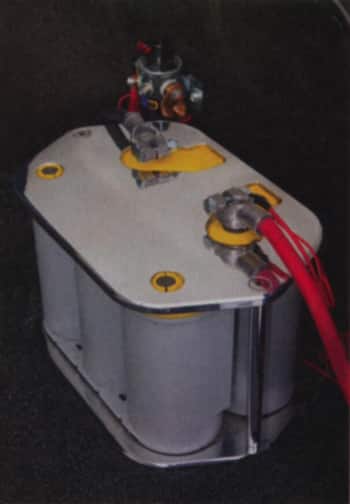 |
Ready to experience top-notch transmission solutions and expert support?

